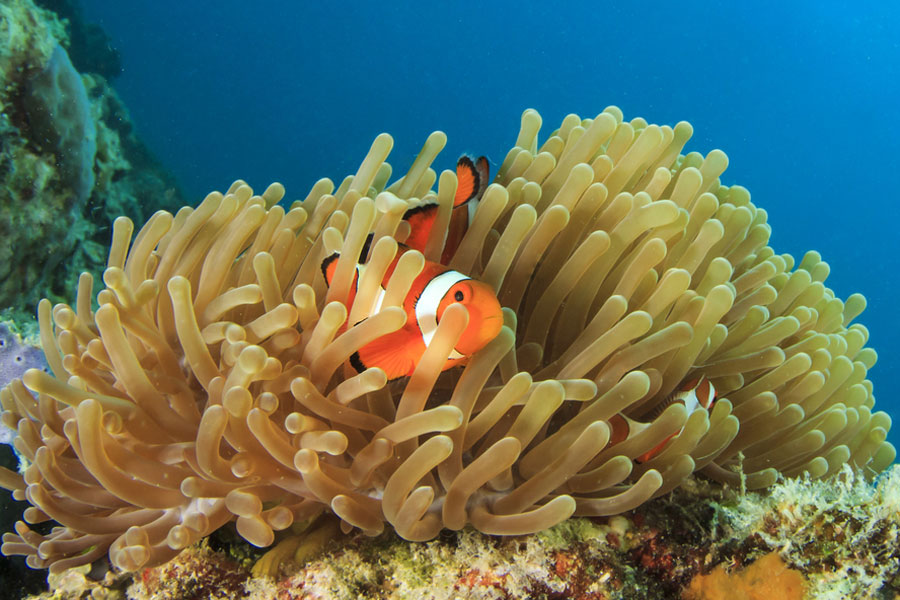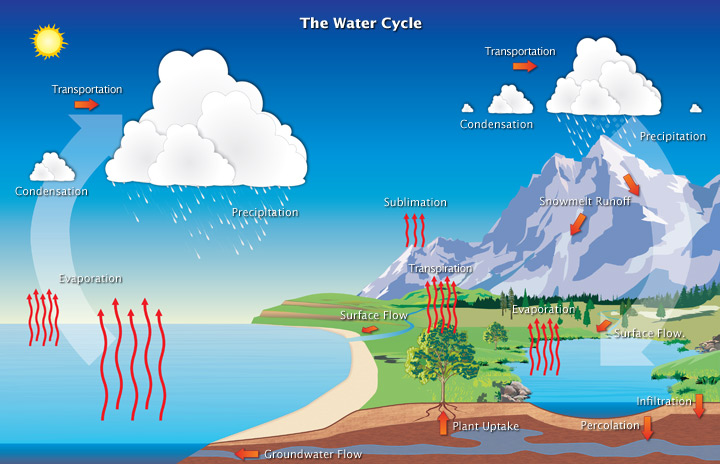You whot?
Wiki says that Media Ecology is: ‘the study of media, technology, and communication and how they affect human environments.’
ECOLOGY = NATURE…
Some symbiotic relationships within an ecosystem:
Cleaner Bird & Crocodile
Meanwhile, the crocodile is also benefiting from this arrangement. Food stuck in the mouth of the crocodile can cause infection, and the plover bird’s picking cleans the crocodile’s teeth. Therefore, when a crocodile needs its mouth cleaned, it will open it and wait for the plover bird’s help
Clown fish & sea anemone
The clownfish and the sea anemone help each other survive in the ocean. The clownfish, while being provided with food, cleans away fish and algae leftovers from the anemone. In addition, the sea anemones are given better water circulation because the clownfish fan their fins while swimming about

NATURAL ECOSYSTEMS
THE CIRCLE OF LIFE
The Water Cycle – PRECIPITATION, SATURATION, EVAPORATION, TRANSPORTATION, CONDENSATION

GLOBAL Oceanic Currents + Tides

TASK 1: Using lego and in groups, think of a work place, social place, location that shows various elements that rely on each other to function.
Could be a mock up of of a coffee shop with all the ingredients, elements that are needed to make it function. Take a photo of this and embed into the worksheet on classroom and annotate with the various links, aspects, elements, ingredients that rely on each other to function as a whole (other possibles: hospital, zoo, shop, school, playgroud, factory, sporting game, farm, garage etc)
So, just like natural or manmade environments, the Media Environment has its own ecology too – various aspects, elements, ingredients that all rely on each other to function and as a whole create the Media Ecology/Ecosystem that we are part of.
A Media Ecology or Ecosystem?
These are all the elements, ingredients, players, links, contributors to the world of media – together they form the Media Ecology. All of them are ‘interlinked’ – they are all tied together and the system would collapse if one of them were to disappear.
For the Media Ecology part of the exam, you will need to have a basic understanding of all of these components and have your own opinions on how they function with some examples. We will be covering them all as we go. You have already begun to learn about audience and producers – so we area already on our way.
TASK 2:
Answer the questions which are on the google doc in classroom and check the submission date on the classroom post.
Read the powerpoint, do some research and also have your own ideas, opinions from your own media experience to use as answers.
This is how the section of the exam is described in the specification.

